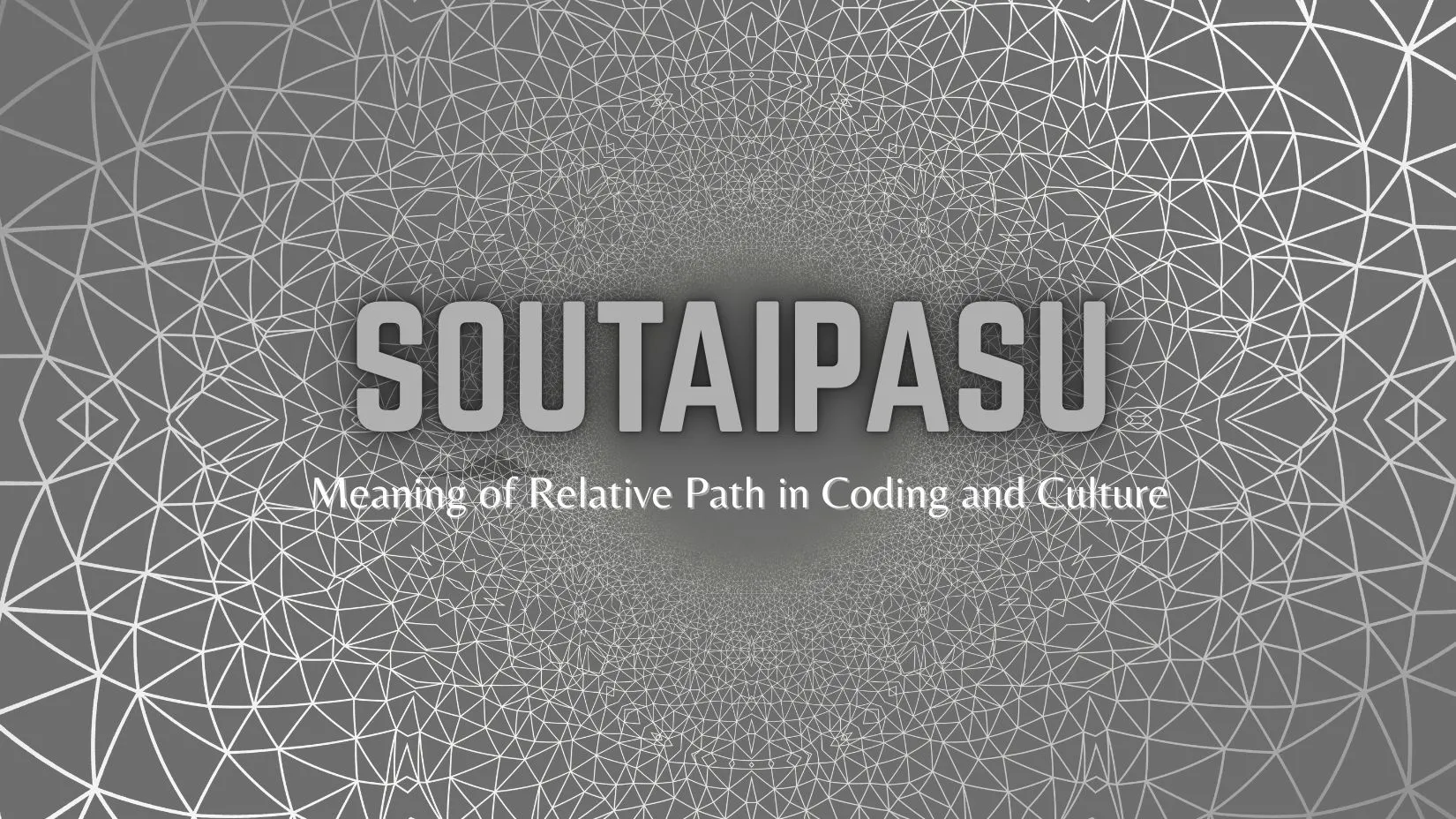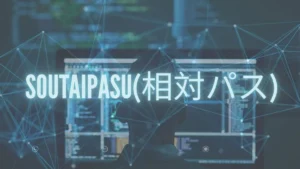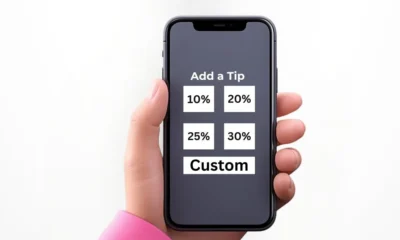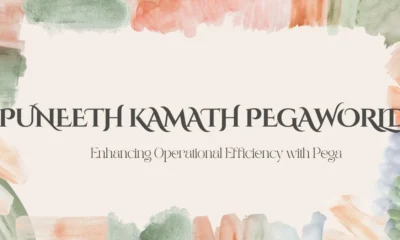TECHNOLOGY
Soutaipasu: Relative Path in Coding and Culture

In the world of programming and digital systems, certain technical terms carry both practical functionality and philosophical depth. One such concept is Soutaipasu, the Japanese term for a relative path. A relative path defines the location of a file or resource in relation to the current working directory, rather than using its fixed, complete, or absolute path.
What Is Soutaipasu?
In computing, a path tells the operating system or application where a file or resource is located. There are two primary types of paths:
- Absolute Path (絶対パス / Zettai Pasu):
A fixed and complete file address, starting from the root directory. Example: - C:/Users/John/Documents/report.docx
- Relative Path (相対パス / Soutaipasu): A file address described in relation to the current working directory. Example:
- ../images/logo.png
In this case, the path means: “Go up one directory from the current folder, open the ‘images’ folder, and retrieve logo.png.”
This structure makes Soutaipasu a flexible, efficient, and portable way to manage files, especially useful in large-scale or collaborative coding projects.
Advantages of Using Relative Paths (Soutaipasu)
-
Portability
Projects remain functional when transferred between computers, servers, or environments without requiring file path reconfiguration.
-
Flexibility
Developers can reorganize project directories without breaking references, as long as the relative structure is preserved.
-
Efficiency
Shorter, context-aware paths are easier to write, reducing repetitive file address maintenance.
Why Relative Paths Matter in Technology
1. Programming
Developers use relative paths when linking files, libraries, or modules inside a project. This ensures the application functions properly even if the entire project is moved to another location.
2. Web Development
Websites rely on relative paths to connect HTML, CSS, JavaScript, and media files. Example:
<link rel=”stylesheet” href=”../styles/main.css”>
This makes websites portable across staging servers, production environments, and local machines.
3. File & Cloud Management
In collaborative environments such as Google Drive, GitHub, or cloud servers, relative paths prevent broken links and maintain consistency across different users’ systems.
4. Version Control & Cross-Platform Development
Systems like Git use relative paths to track project changes. Similarly, relative references allow smooth transitions across Windows, macOS, and Linux.
Soutaipasu as a Metaphor for Life
In Japanese thought, technology-related terms often expand into symbolic life lessons. Soutaipasu illustrates this beautifully:
- Life Is Relative: Choices and values, like file locations, only gain meaning relative to context.
- Flexibility Matters: Absolute paths are rigid, relative paths are adaptable, just as adaptability in life allows resilience.
- Perspective Shapes Reality: Positioning determines meaning, whether in file structures or human relationships.
Thus, Soutaipasu embodies a cultural appreciation for nuance, adaptability, and perspective.

Soutaipasu vs. Zettai Pasu (Relative vs. Absolute Paths)
| Feature | Soutaipasu (Relative Path) | Zettai Pasu (Absolute Path) |
| Definition | Based on the current directory | Starts from the root directory |
| Flexibility | Adaptable and portable | Fixed and rigid |
| Use Case | Programming, collaboration, web development | System administration, critical file references |
| Cultural Symbol | Context, adaptability, perspective | Stability, permanence, structure |
Both approaches are essential: relative paths offer flexibility, while absolute paths provide certainty, mirroring life’s balance between adaptability and structure.
Soutaipasu Beyond Technology
The Japanese language often allows technical terms to evolve into philosophical metaphors. Soutaipasu reflects two cultural principles:
1. Context and Perspective
Just as a relative path depends on your current location, meaning in Japanese communication depends on relationships, settings, and context. Words and gestures are rarely absolute; they are interpreted relatively.
2. Interconnectedness
Files are not isolated; they exist within directory structures. Similarly, in Japanese culture, individuals are defined not only by themselves but by their roles within families, communities, and society.
Soutaipasu in Modern Applications
Relative paths continue to shape digital technology:
- Cloud Computing: Drives like Google Drive, Dropbox, and OneDrive rely on relative references for shared resources.
- Version Control (Git): Developers manage file changes efficiently through relative tracking.
- Cross-Platform Software: Apps remain functional across OS environments by using relative paths.
- AI-Powered Coding Tools: Systems like GitHub Copilot and ChatGPT process relative file context to generate accurate code suggestions.
FAQs
Q1: What does Soutaipasu mean?
Soutaipasu translates to “relative path”. It defines a file’s location in relation to the current directory rather than a fixed root address.
Q2: How is a relative path different from an absolute path?
A relative path is flexible and portable, while an absolute path is fixed, always starting from the root directory.
Q3: Why are relative paths important in programming?
They improve portability, reduce redundancy, and enable collaboration across different systems and environments.
Conclusion
Soutaipasu, or relative path, represents more than just a technical convention. In computing, it ensures flexibility, portability, and collaboration in managing digital resources. In Japanese cultural thought, it symbolizes context, adaptability, and interconnectedness, reminding us that meaning is never absolute but always relative to perspective.
-

 BIOGRAPHY6 months ago
BIOGRAPHY6 months agoBehind the Scenes with Sandra Orlow: An Exclusive Interview
-

 HOME1 year ago
HOME1 year agoDiscovering Insights: A Deep Dive into the //vital-mag.net blog
-

 HOME1 year ago
HOME1 year agoSifangds in Action: Real-Life Applications and Success Stories
-

 BIOGRAPHY1 year ago
BIOGRAPHY1 year agoThe Woman Behind the Comedian: Meet Andrew Santino Wife




























